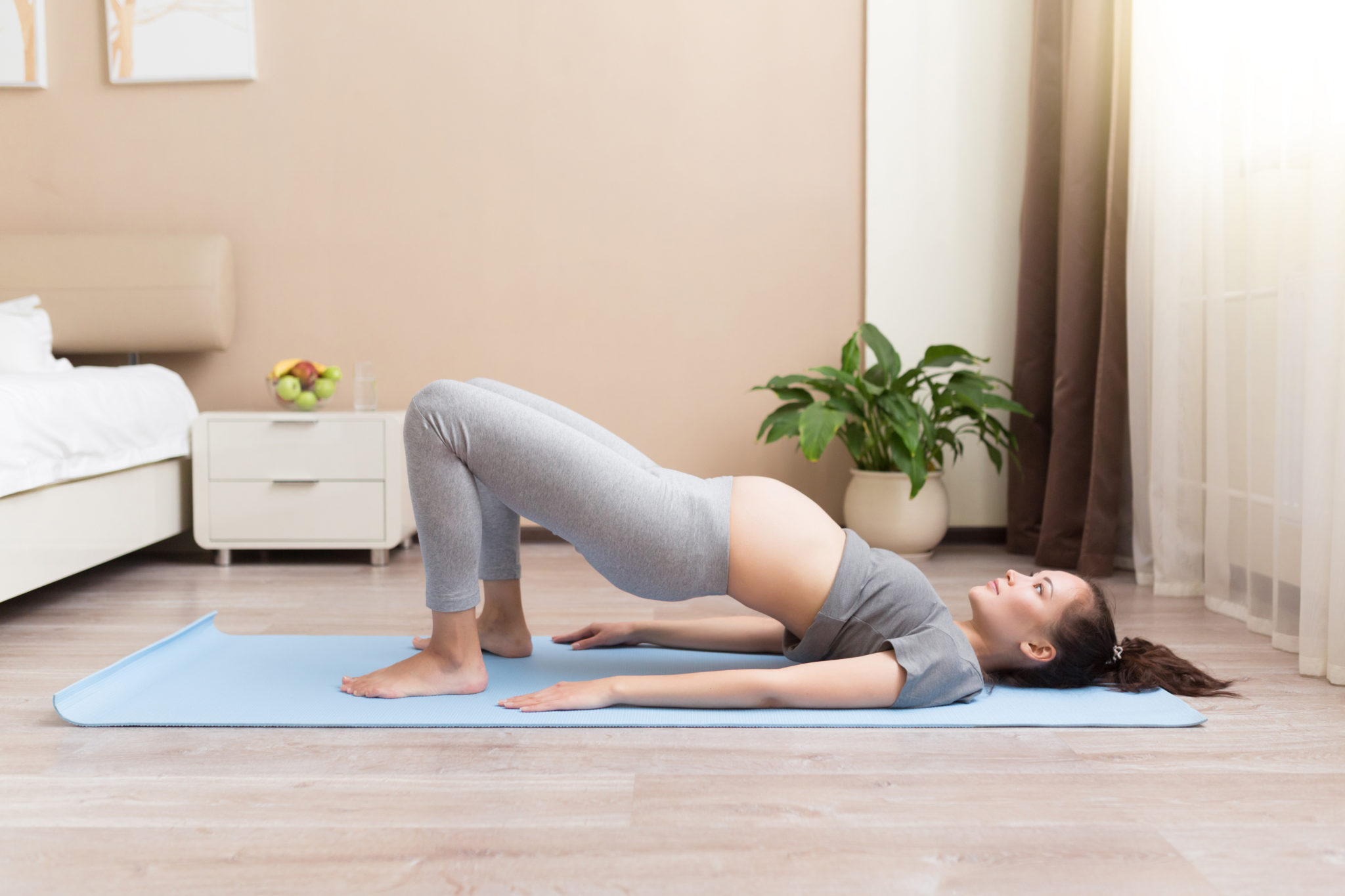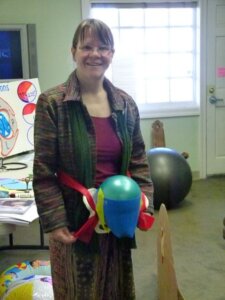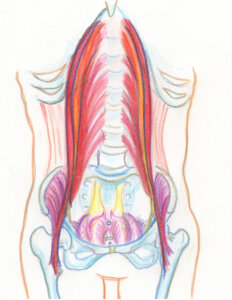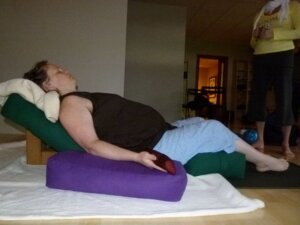 There’s a lot of talk about core strength — but what does this conversation look like when your belly is growing, expanding, and changing during pregnancy? For many of us, core strength is sought when, in fact, core flexibility may be needed. The Spinning Babies® perspective promotes function and health above the focus on strength. In this case, we define a healthy core as being supple, fluid, and long.
There’s a lot of talk about core strength — but what does this conversation look like when your belly is growing, expanding, and changing during pregnancy? For many of us, core strength is sought when, in fact, core flexibility may be needed. The Spinning Babies® perspective promotes function and health above the focus on strength. In this case, we define a healthy core as being supple, fluid, and long.
This page contains affiliate links, through which we receive a small commission.
Over-development of the abs without matching the flexibility and function of the back and buttock muscles can lead to pain and diastasis recti. Releasing the psoas is essential (more on the why and how of psoas release below).
Your choice of exercise during pregnancy can either promote or help prevent diastasis recti (DR) — separation of the front abdominal muscles. To help keep DR at bay, ditch the planks, crunches, and heavy lifting. Instead, try pelvic tilts, bridge pose, and side planks that strengthen your obliques. Listen to your body and keep one knee down to start and for as long as that feels best.
When engaging your core, draw your belly in, rather than allowing it to cone or push out. If attending exercise classes, be sure your instructor has specific prenatal training.
The psoas is a large pair of powerful muscles located behind the abdominals. They attach at your spine between the pelvis and the ribs, then wrap around to the front of the pelvis and drop down to attach at the top of the thigh bones. They help us walk upright and support our abdominal organs. Taoist traditions call the psoas “the muscle of the soul.” The tone of the psoas can affect baby’s position and descent during birth.
Liz Koch of Core Awareness is our favorite psoas expert, so we defer to her here. A contracted psoas can lead to low back and hip pain in pregnancy. Liz explains that the psoas doesn’t need strengthening, but it does need releasing and awakening. You can practice psoas releases daily.
Psoas Lengthening with Constructive Rest Pose



Your baby now weighs about 1.3 pounds and is almost 12 inches long. Deposited skin pigmentation means baby’s skin is becoming less translucent. Meanwhile, unique hand- and footprints are also forming.

Combat the discomfort of leg cramps by keeping up your hydration, taking plenty of walks, and stretching your legs throughout the day.
Now is also a great time to research and choose childbirth education that empowers you with the wisdom to fully access your body’s innate power. We love the interactive online Pain to Power course by Debra Pascali-Bonaro. And of course, our downloadable Spinning Babies® Parent Class video is unlike anything else out there! Midwife Gail Tully offers practical work for your body to birth naturally, providing solutions for turning breech, posterior, or transverse babies, overcoming long or stalled labors, and how to bring more comfort and ease to your labor. If you would rather attend an in-person Spinning Babies® Parent Class taught by one of our Certified Parent Educators, find one in your community here.
Affirmations are short, powerful statements that can affect your conscious thoughts. Close your eyes, breathe deeply and slowly, and repeat the following to yourself each day throughout the next week. Fill yourself with breath and feel the joy:
For additional education to even further enhance your pregnancy and labor preparation, shop our extensive collection of digital downloads, videos, DVDs, workbooks, and more.